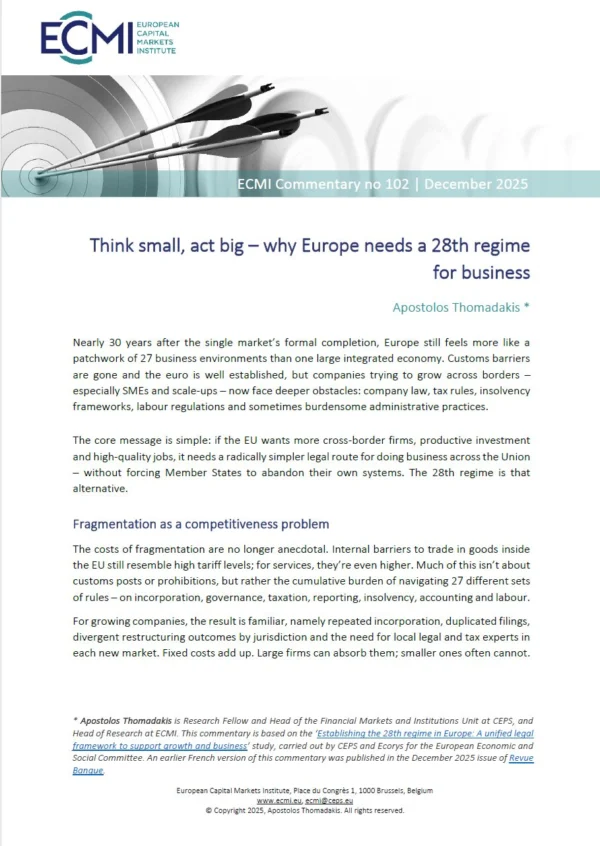This article by CEPS Associate Research Fellow Hrant Kostanyan was published in the Journal of Contemporary European Research, 2014. Vol. 10, No. 2, 166-183.
Abstract
Through application of the principal-agent model, this article investigates the rationales behind the establishment of the European External Action Service (EEAS). The study argues that although the EEAS was designed to become the heart of the EU external actions, it has not been given a role of ensuring the credibility of the principals’ commitments. In addition, the blame shifting logic that makes the delegation of powers attractive is only partially applicable to the EEAS. Conversely, the efficiency rationale, which includes developing and centralising expertise, resolving incomplete contracting, minimising costs, and improving decision-making procedures, is somewhat pertinent to the EEAS’s establishment. Empirical findings provide a basis for upgrading the principal-agent model by including ‘coherence’ as a rationale for agency creation.
Keywords
European External Action Service; European Union Foreign Policy; Treaty of Lisbon; Principal-Agent Model












